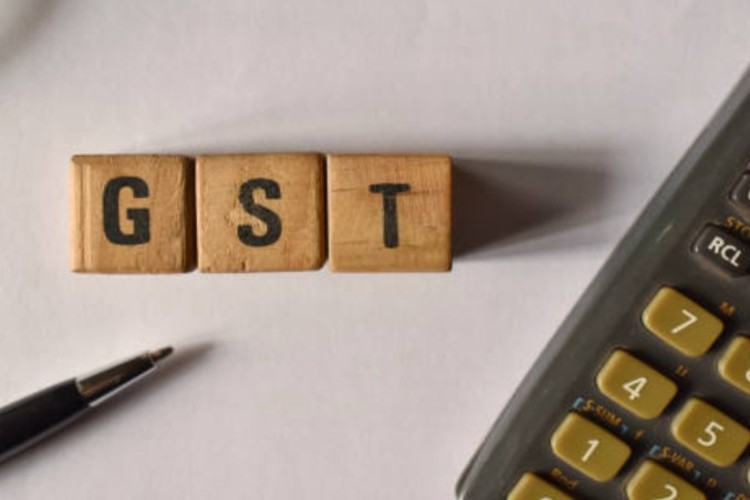
GST reforms: The recent overhaul of the eight-year-old Goods and Services Tax (GST) regime has drawn attention largely for rationalising tax slabs. Cheaper goods make for good headlines, but the deeper structural flaws of GST remain unresolved. Transition issues such as inverted duty structures, unutilised input tax credit (ITC), compliance burdens, and the unease of states continue to weigh on the system.
At the heart of the current debate is the problem of unutilised ITC. The matter resurfaced at an inter-ministerial meeting chaired by Cabinet Secretary TV Somanathan last week, but legal and fiscal hurdles mean a solution is unlikely soon. The ITC mechanism is meant to prevent the cascading of taxes: firms can claim credit for GST paid on inputs and set it off against GST collected on sales. When inputs are taxed at a higher rate than the final product, however, excess credits accumulate on company books—locking up working capital that could otherwise finance operations or investment.
READ | India must put mental health at the core of development
The latest round of rate cuts has aggravated this imbalance. Fast-moving consumer goods, food products, and pharmaceuticals now attract GST at 5%, while their inputs remain taxed at 18%. The mismatch leaves firms—especially smaller ones—scrambling to cover cash flow gaps, often by borrowing more.
Limited refunds, mounting strains
Refunds are allowed in cases of inverted duty structures, but only for GST paid on inputs. Capital goods and input services remain excluded. A pharmaceutical company investing in machinery or a textile firm relying on outsourced processing cannot recover these costs even if input taxes far exceed output levies. Over time, credits may be adjusted against future liabilities, but the lag imposes liquidity stress.
A simple illustration makes the problem clear. A company buying inputs worth ₹1,00,000 at 18% GST pays ₹18,000 in tax. On selling the final product at ₹1,50,000 with GST at 5%, it collects only ₹7,500 in output tax—leaving ₹10,500 in unutilised ITC. The split between central and state GST makes matters worse, since credits in one pool cannot be used to offset the other.
GST reforms: Policy options, political hurdles
Several proposals are under discussion. Allowing ITC cross-utilisation between central and state GST would provide quick relief, but states fear revenue losses. Using ITC to offset customs duties runs into legislative barriers. Converting credits into tradable scrips looks more feasible, but experts warn of risks unless the system is fully digital and tightly monitored on the GST Network. All options demand significant technological and legislative changes, as well as political consensus.
Between 2021 and 2025, tax authorities uncovered more than 42,000 cases of fake invoicing and ITC fraud worth an estimated ₹1.66 lakh crore. Shell companies exploited loopholes to generate credits for fictitious transactions. This record makes the government cautious about opening new refund channels without ironclad safeguards. Analysts warn that unless systemic fraud is plugged, the larger reform goal of creating a seamless national market will be undermined.
A balancing act for GST 2.0
For now, the government faces a trade-off between easing liquidity for businesses and protecting revenues against leakages. Faster refunds on inputs are being attempted, and some experts recommend cautiously extending eligibility to certain input services and capital goods. Longer-term remedies, such as cross-utilisation of CGST and SGST or a centralised settlement system, will require amendments to the GST law and wider consensus among states.
The ITC problem shows that GST reform remains unfinished. Rationalising tax slabs may have delivered political dividends, but until the issue of blocked credits is resolved, businesses will continue to face liquidity stress. The promise of GST as a simple, efficient, and seamless national tax system will remain elusive unless these structural flaws are fixed.
